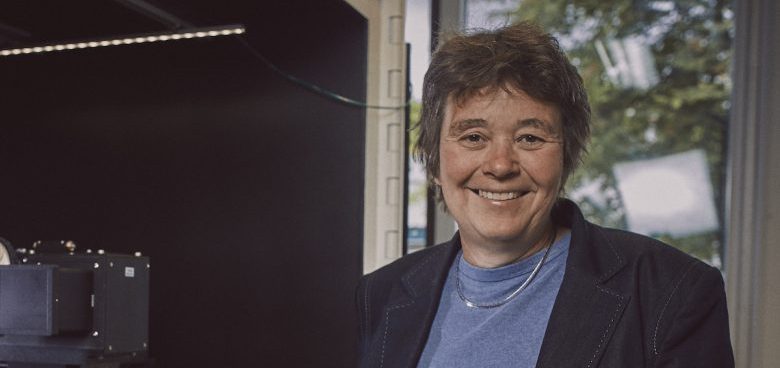
Metal failure and microstructure
Metal failure and microstructure
By Dorte Juul Jensen, Professor at Department of Wind Energy, Technical University of Denmark (DTU)
“The LabDCT module on our ZEISS Xradia 520 Versa 3D X-ray microscope with its GrainMapper3D software is a huge progress and very important for us at the Technical University of Denmark in mapping the microstructure of materials. Using this new tool we now have the ability to see the development in how metals crack when exposed to heat or mechanical loading and relate the observed failure modes to the surrounding grain structure. This information is crucial for our research.
A lot of tests – whenever we want
Another aspect is the possibility to perform a lot of tests whenever we want. Often you need to do hundreds of tests and then it is important to have the microscope nearby.
The alternative would be the large-scale synchrotron research facilities, but they are very difficult to book, requires substantial more preparation, and do generally only provide beam time for high-profile scientific breakthrough studies, whereas other important, but more technical oriented studies like e.g. parameter optimization etc. finds it harder to be granted beam time.
As a scientist, I am happy to see a company like Xnovo Technology spread this technology around the world, so the level of materials science can be improved much faster.”
Interested in more cases?
Deformation and granular mechanics, Stephen Hall, Lund University
Visualizing materials interfaces in 3D, Ashwin J. Shahani, Assistant Professor at the University of Michigan
